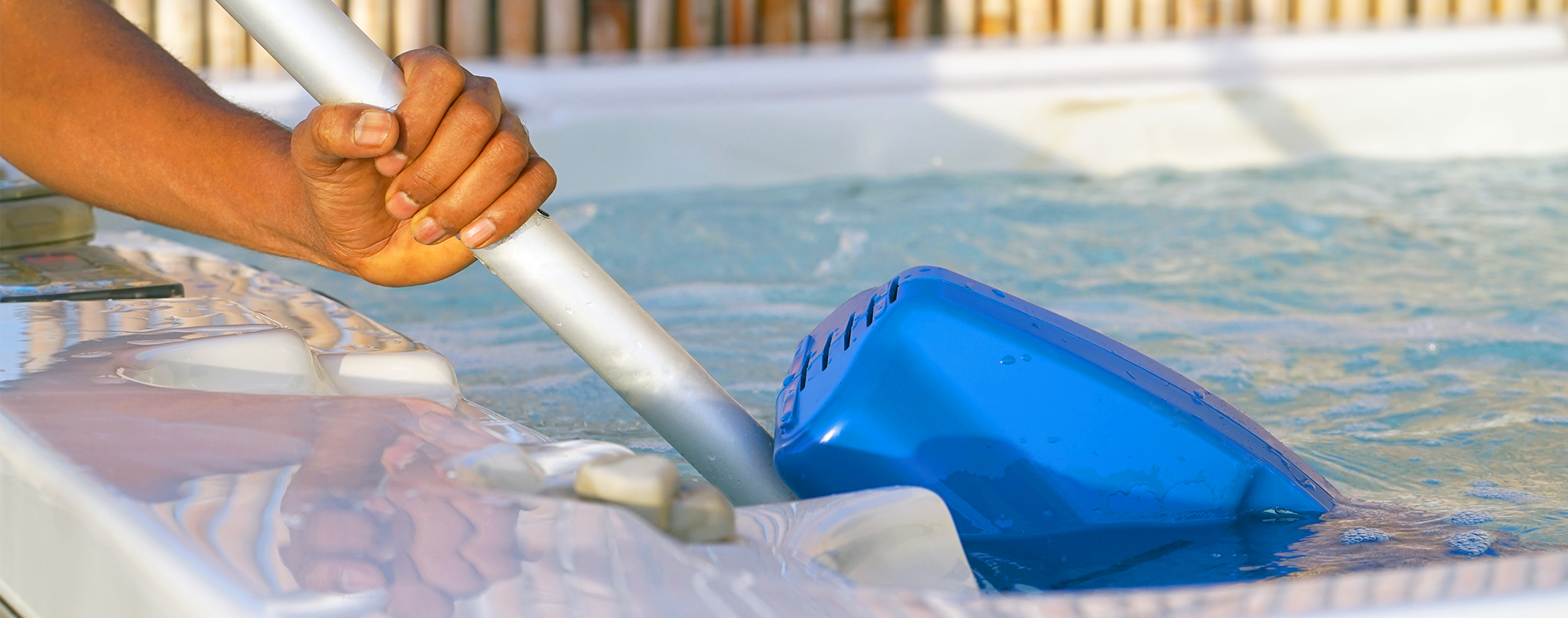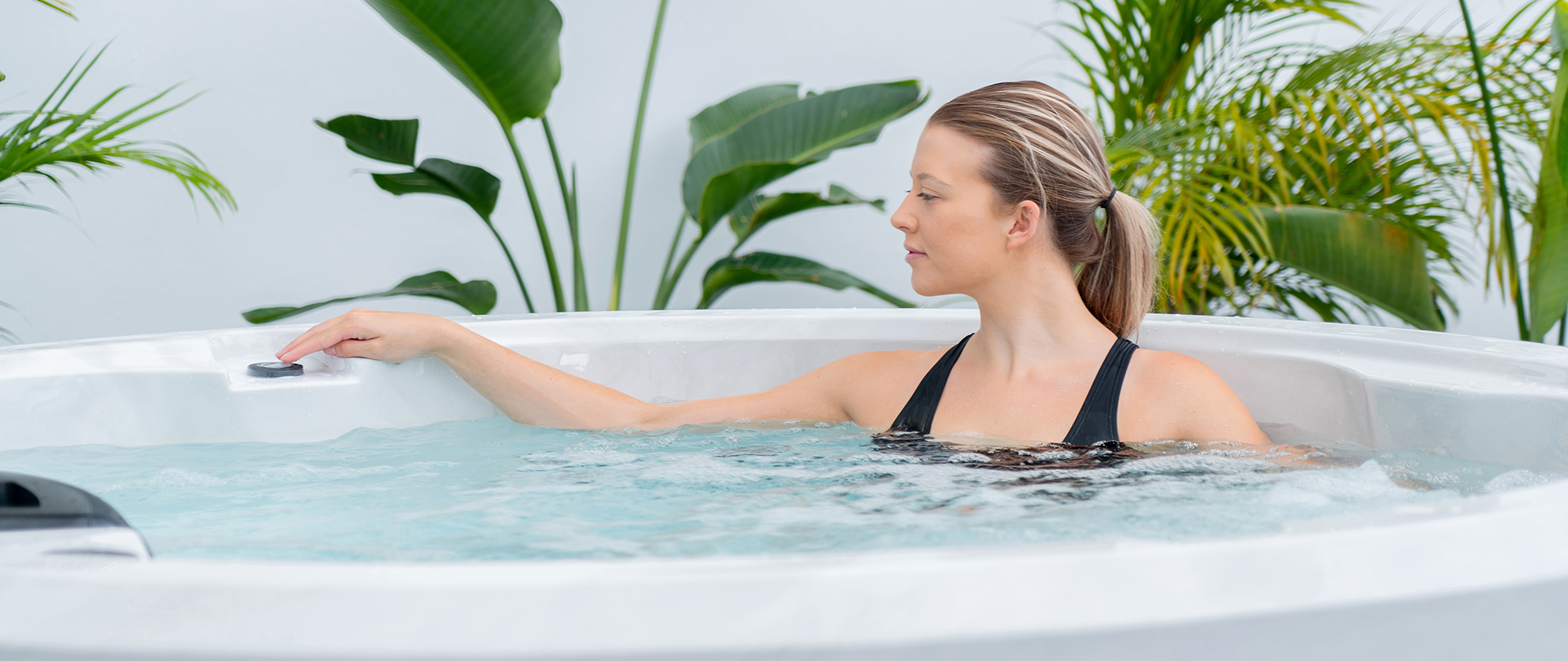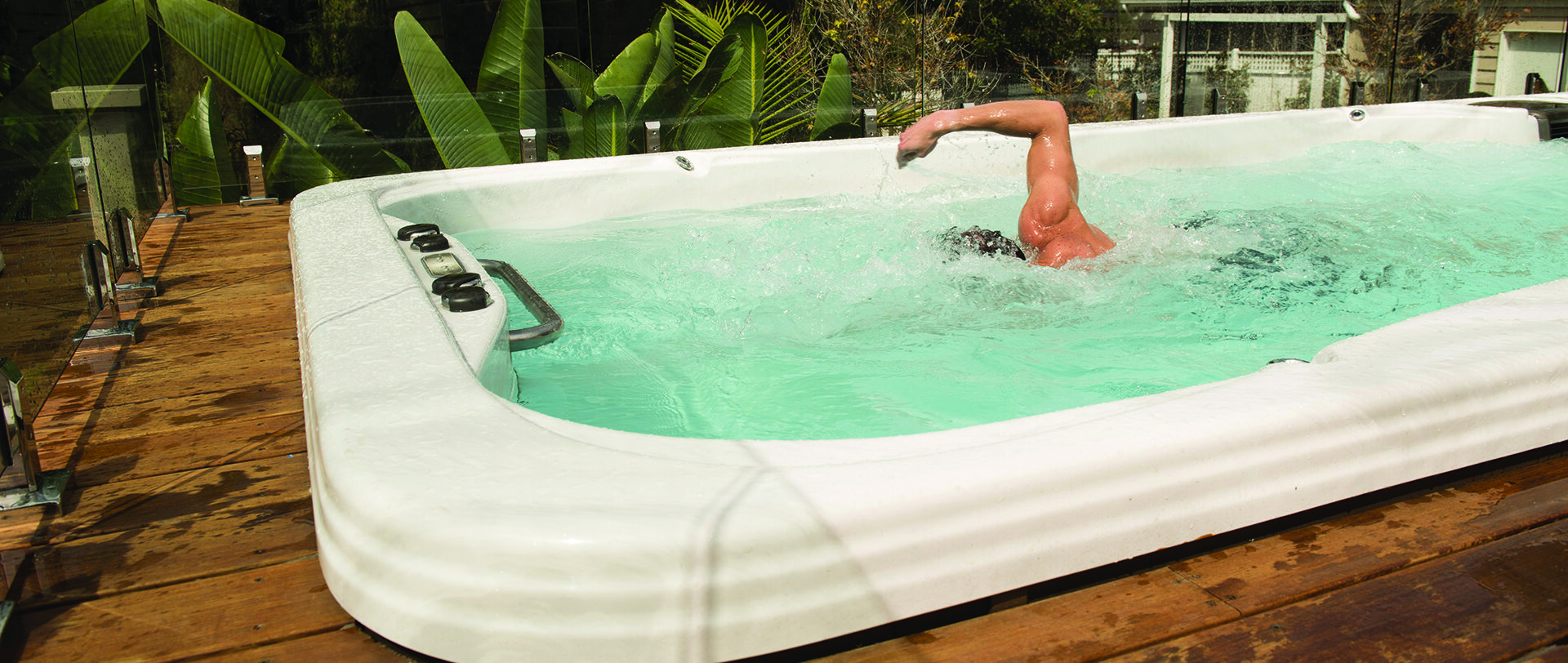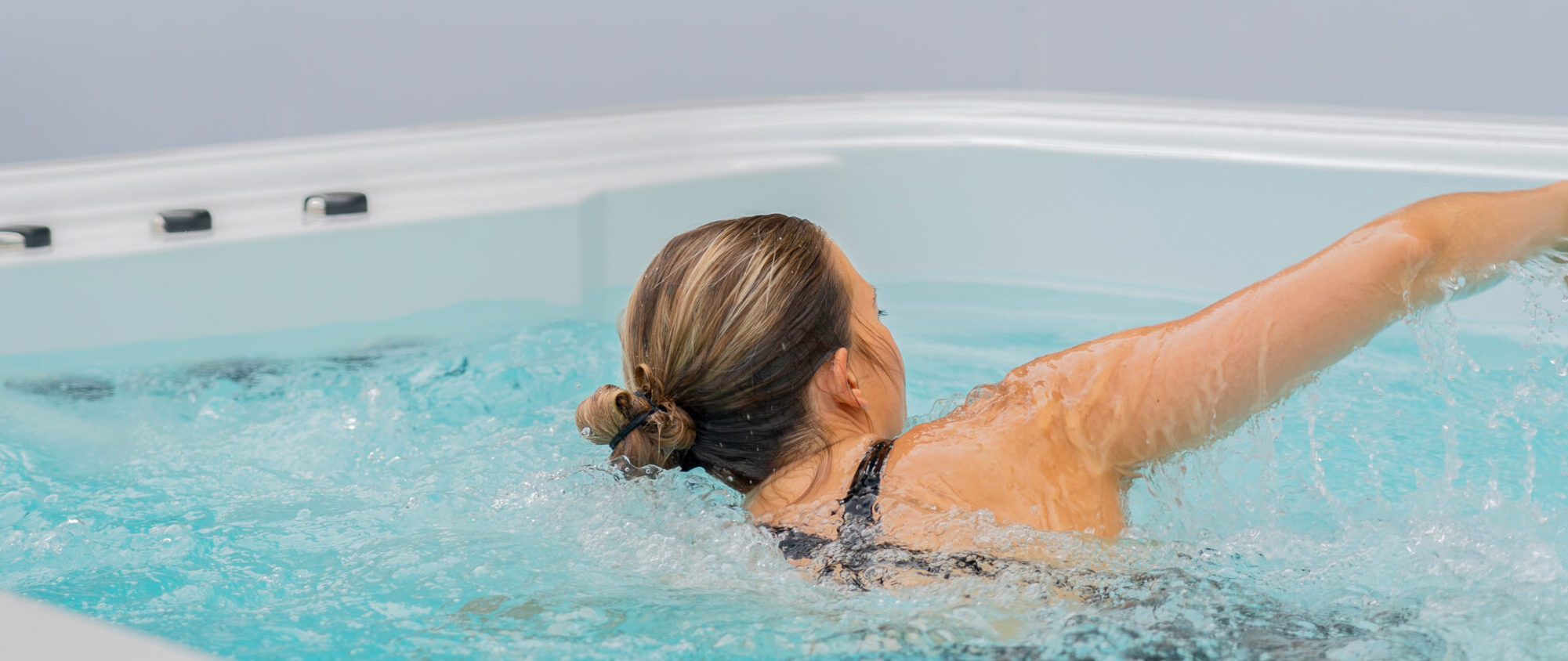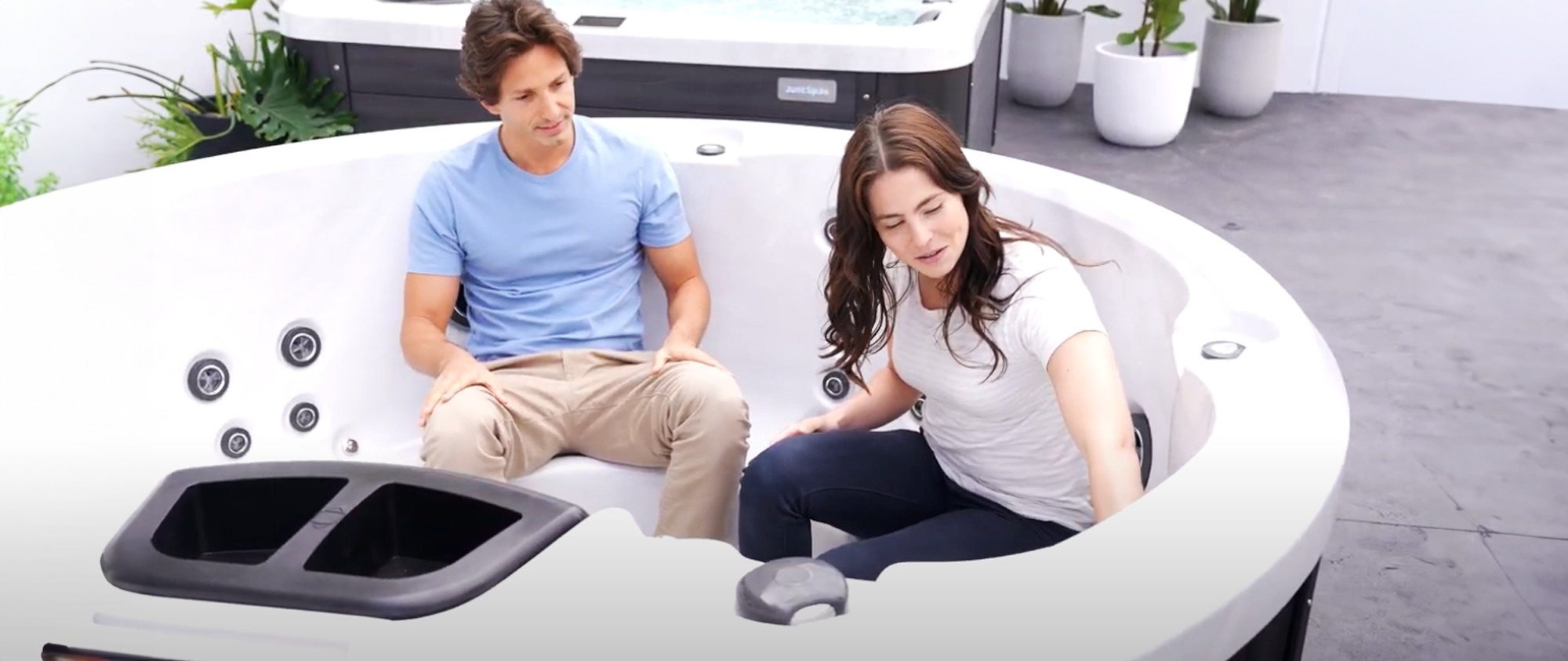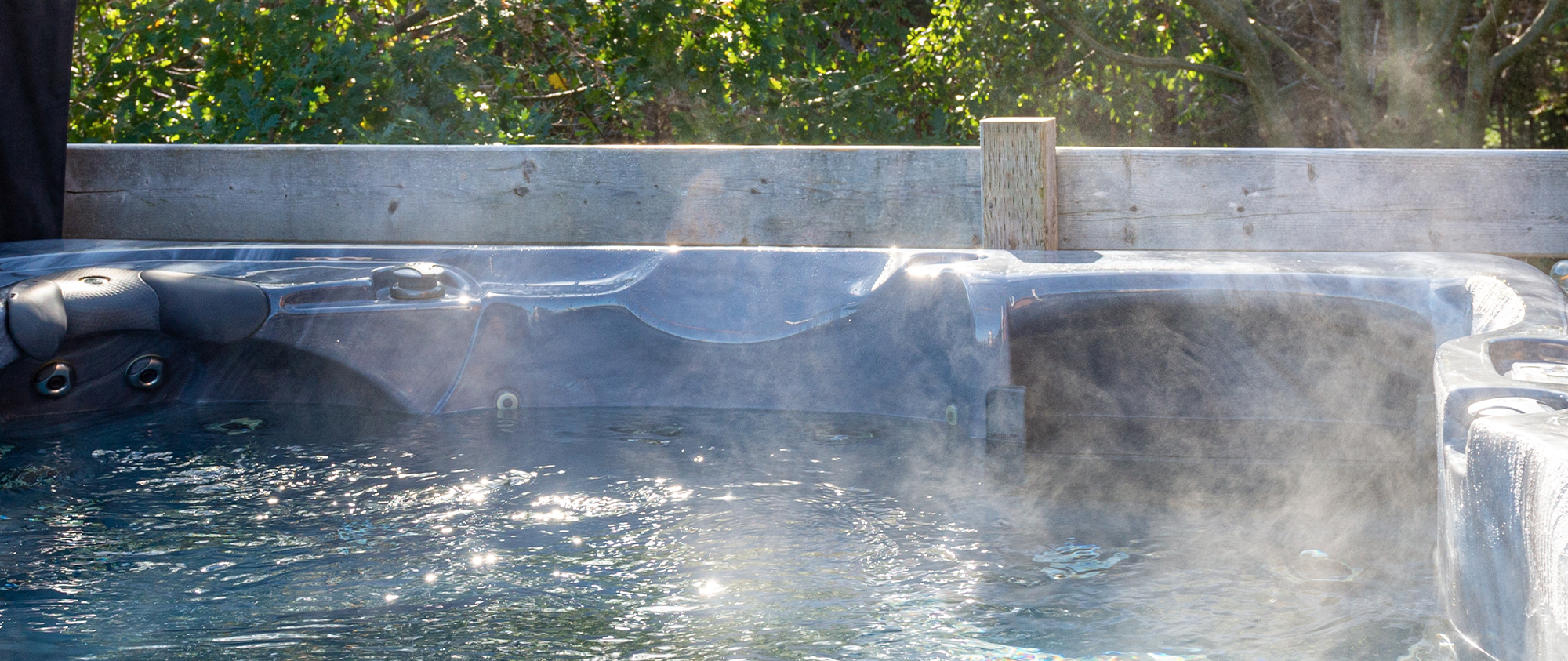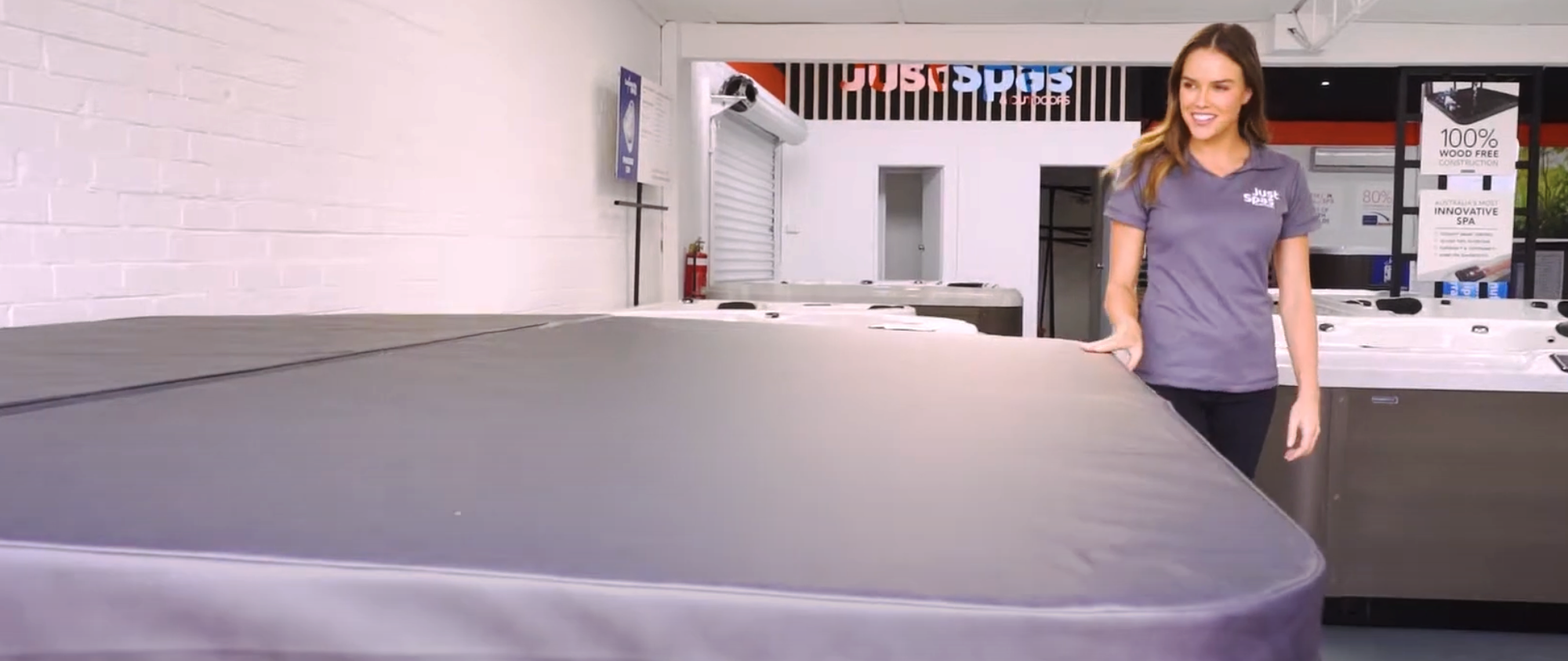Particularly for those who love a good workout or just suffer from muscle pains in general, purchasing a spa or sauna for remedial purposes has probably crossed your mind. By combining leisure with treatment, a spa or a sauna can be a pretty good excuse to add an element of luxury to your home! Of course, deciding which is best for you is a different story altogether. Read on as we take a look at some of the key differences between the two and explore which option is right for your home.
Why and how do spas and saunas assist with muscle recovery?
Put simply – heat! It’s just the way the heat is manifested and delivered to your body that changes between the two. So how does heat affect our muscles? Heat treatment encourages better blood flow and helps to dilate blood vessels. Expanded blood vessels mean that more oxygen is allowed to flow freely throughout your body, which is particularly helpful for damaged muscles. The increased blood circulation also helps to target any build up of lactic acid waste in your body, which is what causes muscle soreness and tightness. This is why after a long run or workout, it is often recommended that you stretch – this is in order to keep your blood flowing and avoid letting your muscles seize up due to the lactic acid. Over time, muscles are able to repair themselves, but think of heat treatment as an accelerant to this process. Not to mention, the calming and analgesic affect is a great way to combat associated issues like osteoarthritis, sprains and spasms.
So, what are the differences between a spa and sauna worth considering?
Spa installation vs. sauna installation
Right off the bat, practicality plays a huge role in the decision-making process here, and the installation process of a spa versus a sauna is notable. Installing a sauna is not only much easier, but the process is faster and much more cost-effective. Where installing a sauna it only requires careful placement and electricity, spa installation takes a lot more tinkering and also takes up a lot more space. However, another logistical element to keep in mind is energy consumption – hot tubs do require more ongoing maintenance than saunas and are less energy-efficient as well.
Time limitations between spas vs. saunas
Unlike spas, unfortunately saunas do have a limited usage time. While you are free to stay in the spa until your fingers shrivel up like prunes, saunas are not quite so forgiving! New users should stick to 10 minute sessions in the sauna before leaving, with more seasoned users able to stay for around 20 minutes. This is due to the fact that any longer period of time in the sauna is likely to overexert your body rather than help it, and can lead to negative side effects like headaches, dizziness and dehydration. It’s important to keep your fluids up both before and after using a sauna to mitigate any of these unideal effects.
The remedial effects of jets
An important difference between saunas and spas to consider is massage jets, which are obviously absent from the former. Massage jets in spas can do wonders to target specific knots and acute muscle pains, using water pressure and air bubbles to provide a therapeutic massage. Strained and stressed muscles are already receiving heat treatment in either a spa or sauna, but the addition of jets in a spa result in further increased blood flow and help to loosen up a stiff body. Perfect for after a workout, a bit of time relaxing with the spa jets on can not only relax you but also further stimulate the muscle repair and healing process.
Spa accessibility vs. sauna accessibility
While it may not be a concern for everyone, the accessibility between a spa and sauna can differ greatly and is certainly a point of consideration for those who suffer from chronic pain and/or frequent injuries. While climbing into a spa can be uncomfortable or even painful for those who are feeling physically weakened, a sauna offers the simplicity of simply walking in and taking a seat. The heat in a sauna is then able to immediately begin working on expanding your blood vessels and relaxing your body. This makes saunas a great and practical option for those who are suffering injuries, healing from surgeries, have wounds that shouldn’t be soaked like they would be in a spa, or dealing with ongoing muscle and joint issues. Hyperthermic conditioning is also a process that happens in the sauna, a function whereby muscle degeneration is slowed down. This is a huge asset to athletes who want to strengthen muscle regrowth and lower their chances of muscle atrophy.
How your body reacts to a sauna
While both a spa and sauna are tools for heat treatment and therapy, there is a vast difference in the way each one delivers that heat and how your body consequently reacts to it. For instance, a sauna exposes the body to heat that encourages perspiration. This, among other elements, can be great for certain areas of your health like detoxing, opening your pores and cleansing your skin, stress relief and possibly even weight loss. The heat causes your heart to pump harder and faster, and can improve cardiovascular functions. Unfortunately, a sauna can be somewhat more uncomfortable – usually with wooden benches and gravity putting pressure on your muscles, your body has to divert energy to stay seated upright in a more rigid position than if you were submerged and floating in a spa.
How your body reacts to a spa
Aside from heat and humidity, sitting in a spa has the added benefit of water pressure and buoyancy which can help to alleviate muscle stress and reduce stiffness. In a spa, your body will be quicker to warm up and you will be able to enjoy the healing benefits much more quickly than in a sauna. Due to the fact that water is a more efficient heat conductor than air, 15 minutes in a spa can end up doing far more for your body than 15 minutes in a sauna. Of course, don’t forget the added benefits of spa jets – this extra element of therapeutic massage and ability to target specific areas is not an option with saunas.
The bottom line is that for saunas, there aren’t many reputable studies on their effectiveness when it comes to relieving sore muscles. They certainly might, but most of the science backs up a clear link between spa usage and muscle relief. While saunas can help with other issues and be more practical for some, the spa often ends up winning out inconvenience, function and effectiveness.
Want to learn more about spas? Visit your local Just Spas store or request a free quote.

